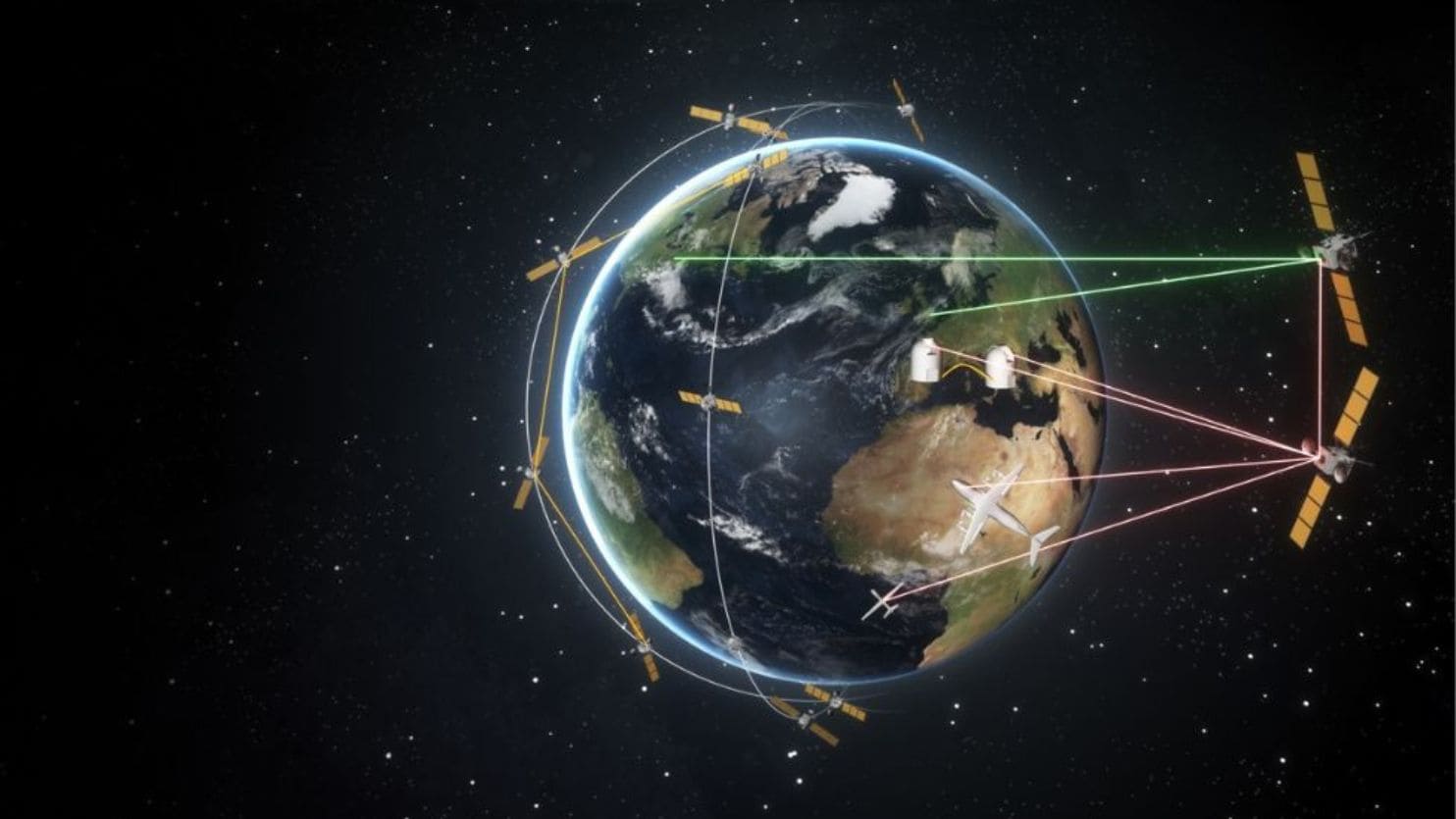
At the Netherlands Organisation for Applied Scientific Research (TNO), the University of Groningen (RUG) and in collaboration with Philips, plenty of experiments are already being carried out on the application of 5G in the manufacturing industry. Minuscule chips, attached to or even incorporated into products, in which all kinds of information can be stored and transmitted at lightning speed? “Within ten years or so, no one will be surprised by this.” The advantages of 5G are huge. In combination with sensor technology, it can provide greater efficiency and flexibility. And consequently save time and money.
Evert van de Akker, business development manager digitalization for the manufacturing industry at TNO and Jan Post – who is in addition to being product and business manager at Philips is also endowed professor of digital manufacturing at the RUG and co-initiator of the 5Groningen project – have known each other for years from the field. Inspired by the promise of 5G, they were wondering, “How can we apply this innovation in Smart industry?” Meanwhile, Van den Akker and Post are collaborating on a series of pilot projects that test the possibilities of 5G in practice.
Accelerating manufacturing processes
“5G is the new mobile communications standard,” Van den Akker goes on to explain. “It is already being offered in the consumer market and applied in the manufacturing industry. Although these are still mainly on an experimental basis. For example, within the 5Groningen program, tests are being carried out with all kinds of public organizations and companies from the northern Netherlands on the new 5G functionalities for existing and new products or services.”

Van den Akker is well aware that the benefits of 5G for the manufacturing industry and the potential of a super-fast and stable Internet are tremendous. “There is a whole host of measurement and control modules involved in one production line alone. Switching to a new production line takes a lot of time. And time is precious. By using 5G, you can increase the availability of a production process. In other words, deliver more products within 24 hours. That increases profits. Moreover, 5G is wireless, which means you get to save on wiring and repairs. Finally, there are also fewer delays with 5G because of the super-fast information transmission. Since you can monitor everything more effectively, you can also detect errors faster. With 5G, you can intervene before the tolerance limits of operations are exceeded.”
Besides efficiency, 5G also provides flexibility. An important asset, especially in our current, rapidly changing world. Post: “This means that you can switch to a different product or production line without having to break down the entire factory. In the future, it may even be possible to produce a different product each time inside the same factory.”
5G and sensor technology cannot exist without each other
According to Post, the adoption of 5G is therefore not a matter of whether you like it or not. “You will have to. Nevertheless, 5G is not a stand-alone entity as far as the digitalization of the manufacturing industry is concerned. Sensor technology is inextricably linked to this. The opportunities to get all kinds of data in with the help of sensors and that then analyze that data with the help of artificial intelligence are huge. By linking all kinds of data together you can continuously monitor if anything needs to be replaced.”
Sensors can also be used to supply all sorts of product information. Post likes to compare it to tracking online orders through an app. “Instead of linking that information to the driver, you could also pass it on directly with the product. In the form of microsensors, processed in a sticker that you can put on the packaging or even on the product. With information about maintenance or other usage information.” As another good example, Van den Akker cites the use of drones for order picking and to pass on information about inventory levels in large warehouses.
Saving time and money
Van den Akker and Post predict that 5G in combination with sensors will play an important role within the manufacturing industry. The possibilities of all these new technologies are consequently inexhaustible.
Post: “In fact, you can have everything that you hear, see or feel as a human being taken over by sensors. Such as detecting vibrations so that you know that a certain component needs to be replaced. That’s not such a crazy idea at all. Van den Akker: “There are already electric toothbrushes on the market with a brushing pressure sensor that give advice about your brushing behavior: for example, that you are brushing too hard.”
“You can also already seen in the construction world that housing corporations are asking for all kinds of information which they want supplied with the product. Take a door handle, for instance. Where the product itself indicates when something is wrong with it and where this can be monitored from a distance. Without having to call out a mechanic to check it out first.”
Factories of the future
Although testing is already underway on a small scale, Post says there is still little sign of the roll-out of 5G on an operational level within the manufacturing industry.
“It is a work in progress. But awareness is beginning to seep through that you can go quite far with 5G. Especially since, in combination with sensors, you can establish all sorts of links in all your data. Sensors are also incorporated in more and more household appliances. In Groningen, we’re even already experimenting with devices where you can get energy from the movements of the device, which you then feed back into your product to power sensors and the connection.”
In the factory of the future, if it were up to Van den Akker and Post, high volumes could soon be produced in alternate stages. Indeed. Post: “In the near future, it may even be possible to make different products in a universal factory, where all systems can communicate with each other and reconfigure themselves. That is bound to be part of the factory of the future.”
It is still hard to say how long it will take for 5G and sensor technology to become business as usual in the manufacturing industry. Post: “I expect that in 10 years or so no one will be surprised by it. Compare it to smart phones: children nowadays don’t know any better than that they have always been there.” Van den Akker: “I recently started driving an electric car. Yesterday I drove from Friesland to Utrecht, on automatic pilot. We wouldn’t have thought that was possible a few years ago, would we?”
According to Van den Akker and Post, it is clear that the digitalization of the manufacturing industry is an irreversible development. “If only because otherwise you, as BV Netherlands, will lose out to competition with the rest of the world.”
Read more about the adoption of 5G in healthcare, transportation and agriculture here.








